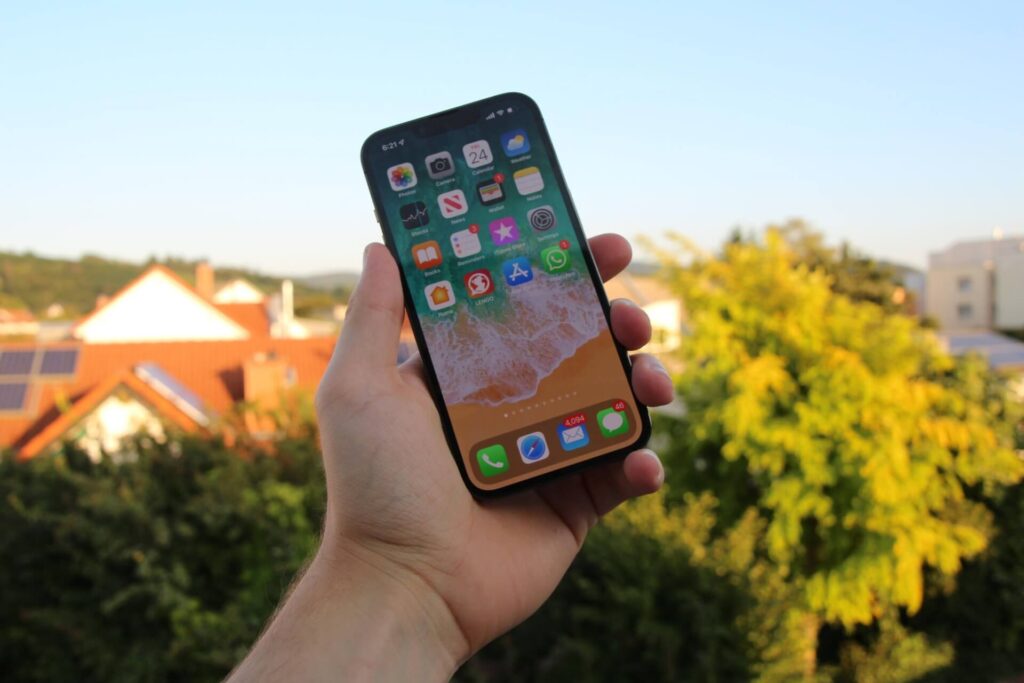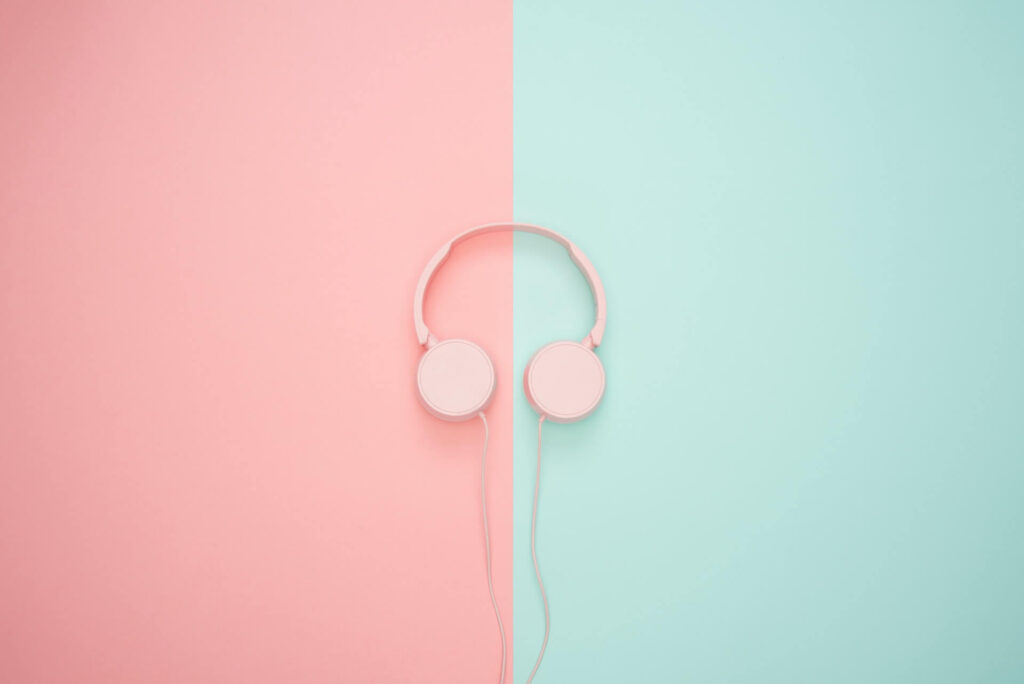Updated on February 3, 2024 by Lou Mac
I still remember the day I started to learn Spanish, even though it was more than ten years ago now.
My boyfriend at the time basically forced me to download this “new language learning app” (Duolingo!) against my will, so I created a silly username and started using it just to make him happy. I had no idea I had just started something that would change my life!
I quickly became obsessed with Spanish, and experimented with endless techniques and resources until I eventually became fluent.
Now, having self-studied both Latin American and Castilian Spanish and other languages for ten years, I’ve learnt a thing or two about the different methods, techniques and resources out there.
And I’ve boiled down all of this experience to present to you the best ways to learn Spanish on your own – this is exactly what I would do if I were starting to learn Spanish from scratch again!
There are so many ways to learn Spanish it’s hard to know where to start. Pimsleur, Rosetta Stone, an online course, full immersion in another country… Which is the most cost-efficient, or will help you learn the fastest?
Lucky for you I’ve been there, done that, and I’m about to show you exactly how you can learn Spanish too. You can pick one of these ways, a couple of them or even try them all – you just need to find what works for you and stick to it.
It doesn’t matter if you’ve never learnt a language before, if you think you’re too old, or aren’t “good with languages.” Anyone can try these methods, and if you’re really consistent, you’ll achieve your goal of speaking Spanish.

1. Download a Spanish-Learning App
Commitment: Low
Cost: Low (but some premium options available)
Downloading and using an app to learn Spanish is a great starting point, because it’s pretty low effort but can yield good results (as I said earlier, Duolingo was what kicked off my Spanish-learning journey).
Have a look into different kinds of apps, and then make a commitment to use one for at least ten minutes a day to get yourself in the habit of studying. From there, you’ll use the app to supplement your study – as apps alone won’t usually get you fluent (unfortunately!).
Here are a couple of my favourite apps:
- Duolingo. Duolingo is great for learning vocabulary and the basics of Spanish. I’d recommend that you use it as a base for your study: as you progress through different grammar concepts, take time to research and learn them properly
- Anki. Anki is my absolute favourite for flashcards. It’s simple and easy to use, and you can revise grammar as well as vocabulary with it! Pro tip: Put the English translation on the first side of the card instead of Spanish – this is harder, but it helps a lot with your productive skills!
- Tandem. This app is for language exchanges (which we’ll be talking more about later), where you can practise Spanish with native Spanish-speakers. It’s got a nice, straightforward interface, and the search function makes it easy to find your ideal language exchange partner.
I’d also highly recommend getting a verb conjugation app, so you can quickly look up verbs when you need to use them. The one I used to use isn’t available anymore, but something like this app will do just fine.

2. Listen to Spanish Podcasts
Commitment: Low
Cost: Low
Spanish podcasts have been a game changer for language learning and are easily one of the best ways to learn Spanish. They’re convenient to listen to whenever you get a spare moment, and because they’re handsfree and portable, you can listen to them while you do other things! They’ve really transformed dead time (time that you’re unable to act productively, like commuting) into valuable language-learning time.
Start off with podcasts aimed at Spanish learners, and when you get more advanced, you can start listening to podcasts aimed at native Spanish speakers.
There are many great podcasts, but here are my top two recommendations:
- Notes in Spanish. This podcast is the very first one I listened to, and so is dear to my heart! Each episode is built around a conversation, and they have seasons that cater to all levels
- Language Transfer Spanish. This one is super unique, and uses your existing knowledge of English to teach you Spanish

3. Buy a Spanish Textbook
Commitment: Medium
Cost: Medium
One of the most challenging things about learning a language on your own is that there is so much to learn, you don’t know where to start. But investing in a decent textbook can really help with that!
You can use the textbook as a base to learn different grammar concepts and other topics, and this way you’re less likely to miss things (as we know, there is a lot to learn).
So, although it seems a bit old school (and maybe a little dull) to learn from a textbook, it really helps to have something to follow.

4. Immerse Yourself in Spanish
Commitment: Medium
Cost: Low
Learning by immersion is similar to how we would have learned our own language as children, so that should give you an idea of how effective it is!
When you’re immersed in Spanish it’s much easier to pick up the language from contextual clues, so you’ll find yourself learning things much faster. The constant exposure of immersion also helps you become more familiar with sounds, patterns, and nuances of Spanish – all leading to improved listening and comprehension skills! Plus, you’ll develop a better cultural understanding, which is deeply important when it comes to language learning.
But how can you achieve immersion? The obvious way is going to a Spanish-speaking country (which we’ll talk about soon), but there are plenty of ways to immerse yourself in Spanish without needing to travel.
The idea is to just surround yourself with as much Spanish as possible. Here are some things I suggest you try:
- Put your phone in Spanish. This is a great way of getting you used to seeing and reading Spanish and will expose you to common vocabulary. You’ll often be able to guess the meaning from the context.
- Watch Spanish movies and TV shows. This is a great way of studying without it feeling like you’re studying! I’d recommend using Spanish subtitles if you’re a beginner
- Listen to Spanish music. This is one of my favourites! Listening to Spanish music helps familiarise yourself with the sounds of the language as well as lots of vocabulary.
- Read simple books in Spanish. Especially, read books that you already know well, and ideally on an e-reader, then you can look up words as you go!
- Follow Spanish-speaking accounts on your social media. Read their captions and comments, watch their stories and see how your downtime on social media is another opportunity to learn.
- Label things around your house in Spanish. This is a super simple way to get you used to seeing Spanish in your environment and learning the names for things you may not stumble across in your Spanish studies.
- Keep a journal in Spanish (I still journal in Spanish!) This is a very low pressure way of practising Spanish as you can take all the time you want! It will be difficult to start with but you’ll get the hang of it! Remember, there is no rush!
- Get your news in Spanish instead of English. Generally the news is written in simple language, so it should be relatively easy for a beginner.

5. Online Spanish Courses
Commitment: High
Cost: High
If you’re not super keen to learn on your own, there’s always the option of online courses. These are usually quite effective, but come at a much higher cost because of it!
Courses are great because they tell you exactly what you need to know, instead of you trawling the internet to figure out what you should learn next. They’re also usually flexible and can be done from the comfort of your home, unlike traditional language courses.
There are a huge variety of courses available for different learning styles and budgets. I’m not going to recommend any specific ones because I haven’t taken an online Spanish course before, but you can read about some good ones (from people who have actually tried them) here.

6. Get a Spanish Tutor
Commitment: High
Cost: Medium – high
Getting a Spanish tutor is an excellent way to learn Spanish: You’ll get to practise your pronunciation, speaking, listening and more while in a supportive environment.
I’d recommend that you self-study Spanish, and then use a tutor for conversation practice and to answer any specific questions that arise during your studies.
Getting a personal Spanish tutor used to be expensive, but there are SO many online tutoring platforms these days that it’s actually very budget-friendly now.
My go-to site for Spanish tutors is iTalki – as well as professional teachers they also have “Community Tutors,” who still teach very well but charge much less. There are tutors from almost every Spanish-speaking country, so if you want to learn a specific Spanish dialect (like I did) then it’s very easy to do!

7. Language Exchanges with Native Speakers
Commitment: Medium
Cost: Low
A language exchange is where you practise a language (in this case Spanish) with native speakers, and in return, you help them practise your native language.
Personally, I think having language exchanges with native speakers should be a part of every Spanish-learners routine. It’s truly one of the best ways to learn Spanish – after all, speaking to native speakers is the overall goal!
There are plenty of ways to find partners and have an exchange, but in my opinion, the easiest way is through apps. I recommend you try HelloTalk and Tandem (these are the two that I use), which both have options for voice and video calling, voice messaging and of course text messaging.
I know it sounds a little intimidating, but start off just text messaging people! Text messaging is great because it removes the pressure of talking face-to-face. You can use the built-in translate function if you don’t understand anything, and you can take your time to reply. Once you’re comfortable texting messaging, try sending voice messages (and voice or video calls if you’re feeling brave). This will improve your Spanish in leaps and bounds!
Lastly, it’s also a brilliant idea to meet locals when you’re travelling. I’ve done this in Spain and Argentina, and years on, I’m still friends with people I’ve met through those language exchanges!

8. Spend Time in a Spanish-Speaking Country
Commitment: High
Cost: High
Lastly, we have spending time in a Spanish-speaking country. This is what most people’s minds jump to when they think of mastering the language, and it is undoubtedly one of the best ways to learn. In fact, travelling through Spain and South America was a huge part of how I took my Spanish from conversational to fluent.
When you’re constantly surrounded by Spanish and need to use it in order to get by, your whole life becomes a Spanish lesson! It can be stressful but it’s incredibly exciting being thrown off the deep end.
So if you’re able to, book that trip! Not only will you get a ton of practise while you’re there, but an upcoming trip is an excellent motivator to study (I know it was for me!).
Just be aware that you still really need to make an effort to learn while you’re there – contrary to popular belief, you won’t just become fluent in a Spanish-speaking country without trying.
Tips for Learning Spanish
Now that we’ve covered the best ways to actually learn Spanish, here are two important tips to bear in mind on your journey.
What you learn is often more important than how you learn it. It’s important to focus your energy on the parts of Spanish that will get you fluent faster.
For example, learn the grammar basics like pronouns and verb conjugation, along with the most common vocabulary, so you can start forming sentences early on. Don’t waste your time learning words you won’t use often.
Secondly, you need to be consistent. Learning to speak Spanish isn’t a small task, and it often feels like you’re getting nowhere. But if you really stick at it, even if it’s just 15 minutes a day, you’ll eventually get there!
FAQs About How to Learn Spanish
What Are the Most Effective Ways to Learn Spanish?
In this post we’ve covered the best ways to learn Spanish, and any one of them will help you do that. But the most effective approach would be to take several of these (or all of them!) and use them in combination.
If I had to pick the most effective ways though, spending time in a Spanish-speaking country and language exchanges would be at the top of my list.
How Can I Learn Spanish by Myself?
Most of the methods we’ve discussed are effective for self-learning Spanish! Similar to the answer above, I’d recommend using them in combination to achieve Spanish fluency on your own.
How Long Does it Realistically Take to Learn Spanish?
This answer depends on a lot of factors, like how often and for how long you study, the methods you use, your existing knowledge and what level of understanding you want to reach.
With consistent study, I think most people could reach a conversational level within a year. Though again, there are too many variables at play to give you a straight answer!
Even ten years on I’m still learning, because I feel like there’s always something to improve on (and because I learn Chilean Spanish, which is a very challenging Spanish dialect!).
Can I Learn Spanish in 3 Months?
If your goal is basic communication for travel or something similar, then yes, you can learn Spanish in 3 months! However if you’re asking whether you can reach fluency in 3 months, then the answer here is probably no (unless you’re studying Spanish full time in a Spanish-speaking country).
My Experience of Self-Learning Spanish
Flash back to 20-year-old me, learning Spanish on Duolingo and not really having any idea what I was doing (indeed, I didn’t expect to take up Spanish seriously at the time!).
After much trial and error (and a touch of embarrassment) I began to see that the “traditional” way people learnt languages in school and even university was not effective at all.
This was evident by the amount of people I’ve spoken to who said that they learnt Spanish at school or university, but couldn’t actually speak it! In fact, the majority of people I spoke to who did achieve fluency in Spanish, were people who were self-directed in their studies.
This didn’t necessarily mean that they never got help from Spanish teachers, but that they were in the driver’s seat: They were the ones planning their study, motivating themselves, and compiling resources which worked well for them personally.
This is why I am confident in saying that more often than not, it is more effective to learn Spanish on your own. You just need a plan, the right tools and to really want to learn.
Learning Spanish is not easy—if it were then everyone would speak it!
How fast you progress correlates directly with how much time and effort you put into it.
I hope this post was informative and that you’re a little less confused about the path ahead of you.
May 2024 be the year you achieve your goal of speaking Spanish! 🇪🇸

